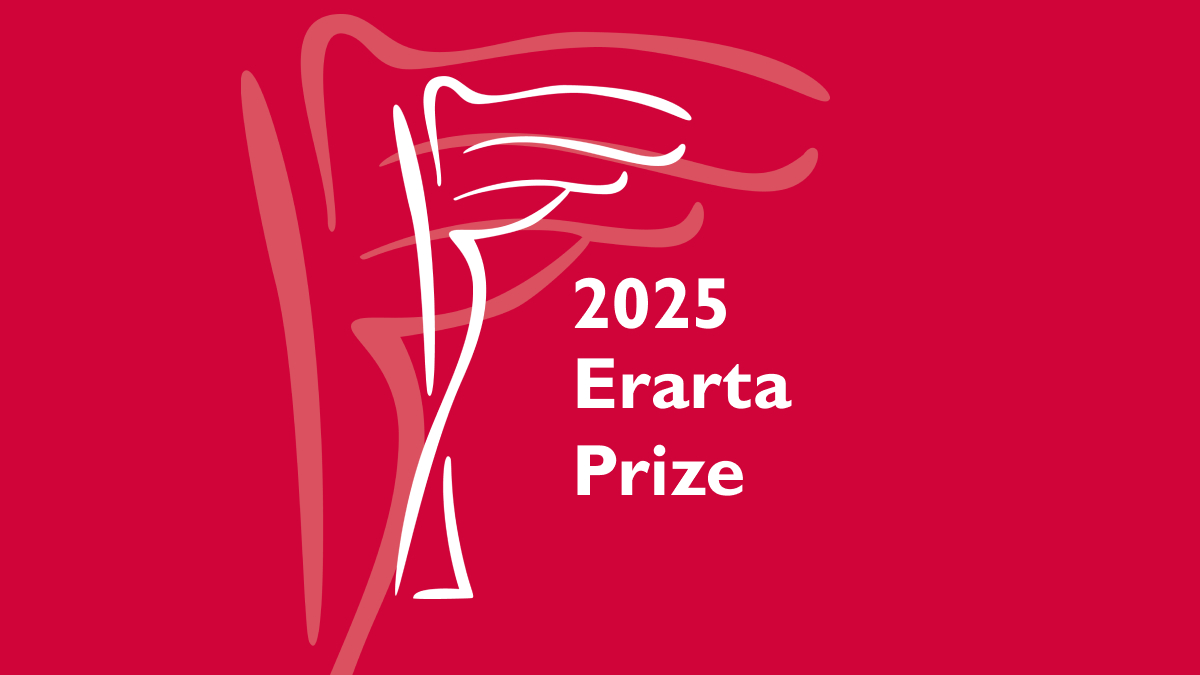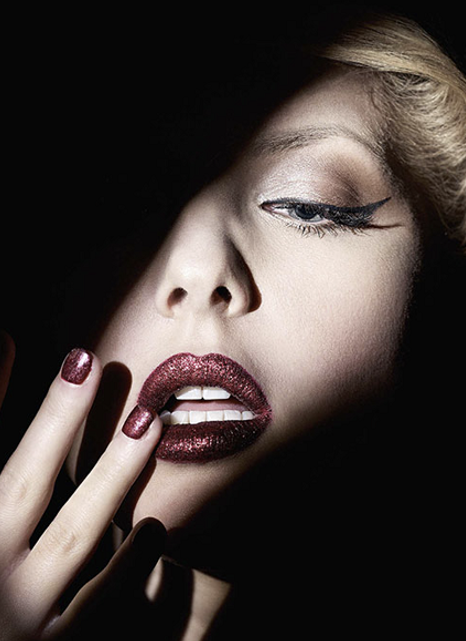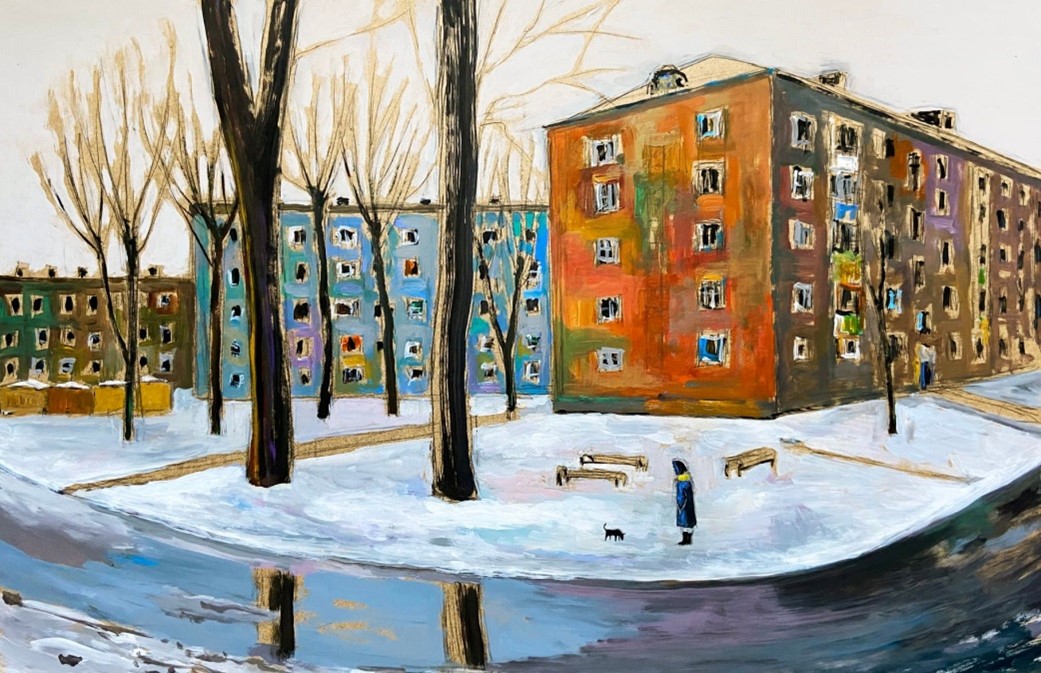Erarta Museum presented an exhibition by Dmitry Zhukov offering a glimpse into the artist’s characteristic mythology of hybrid life forms amid digital networks
-
Extensive back catalogue of drawings and nearly 20 large-scale sculptures, each weighing several hundred kilograms
-
Dark metal poised in timeless digital space and bearing the marks of the sculptor’s hands and the fire
-
Creator of the Era of Art sculpture group greeting Erarta’s visitors at the main entrance
Ever since the museum’s founding in 2009, the Era of Art sculpture group created by Dmitry Zhukov has been flanking Erarta’s main entrance. Now the artworks from public and private collections borrowed from all across the globe, sculptures from Erarta’s permanent collection, as well as the artist’s new creations are showcased in a unique retrospective exhibition.
A root folder is the top-most directory on any digital device. It is a place not directly accessible to, or altogether concealed from, the user in which all the files of the operational system are stored. It is into this realm, most sheltered and important of all, that the sculptor offers us a glimpse. The artworks most often seen as digital copies and flat projections emerge here in their three-dimensional completeness.
Dmitry Zhukov’s exhibition is an account of the artist’s characteristic mythology of hybrid life forms amid digital networks. Here biology coexists with machinery. Flesh has been turned into metal, and the metallic mass suggests the outlines of muscle fibres and rib-like frameworks. Although ostensibly alien, this digital realm is arranged as a living tree: the root hidden below the ground spawns a powerful trunk, from which in turn originate countless variant branches. For instance, the vaguely antique Torso No. 1 and Torso No. 2 are foreshadowed by the Era of Art sculptural group, while Totem echoes the baroque carcass of the Calf pulled asunder.
The exhibition title is a metaphor for the sculpting process, wherein the covert anticipates the overt, the system of beliefs determines the future formal manifestation, and the idea or artistic concept exists before its realisation. The studies and videos from the artist’s personal archive, usually hidden from the public eye, come in plain view. These are the ‘system files’ of the root folder, its integral components, fragments of memories in physical and digital form.
Dmitry Zhukov’s sculptures always exist on the cusp between birth and decomposition, between intention and long since performed action. The gaps and voids in the sculptures impart an incongruous elusiveness, as if they actually were digital files. Poised in a timeless digital space, this dark metal retains the marks of the sculptor’s hands and the fire.










